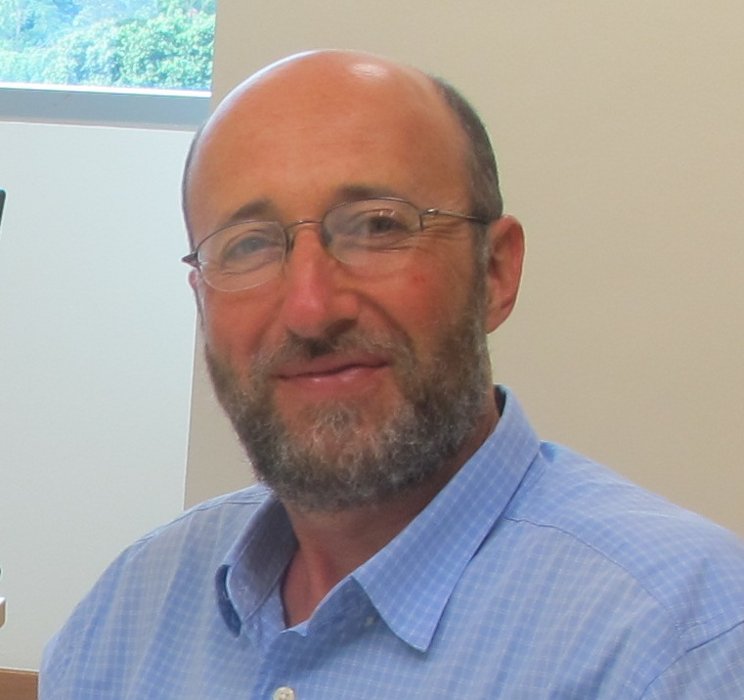Faculty Profile

Alex Mogilner
Education
Research Interests
Cells use self-assembling molecular machines to move and divide. These machines are mechanochemical: they consist of dynamic cytoskeletal polymers, molecular motors that move on the polymers and exert force and biochemical regulators of the polymers and motors. I use the tools of mathematics to help explain and explore the biology of these molecular machines. My group develops mathematical models (both analytical and computational; we use PDEs, free boundary simulations, stochastic processes etc) of the mitotic spindle that helps to segregate chromosomes in dividing cells and of motile cells. We work very closely with experimental cell biologists, fine-tune the models, make and test predictions, participate in experiments' design. Some latest projects are: modeling of polarization and turning of keratocyte cells, simulating cells as free boundary problem, investigating how cells sense electric field, understanding principles of actin-myosin contraction, elucidating mechanisms of rapid self-assembly and error-correction in mitotic spindle, modeling cell crawling in 3D.
